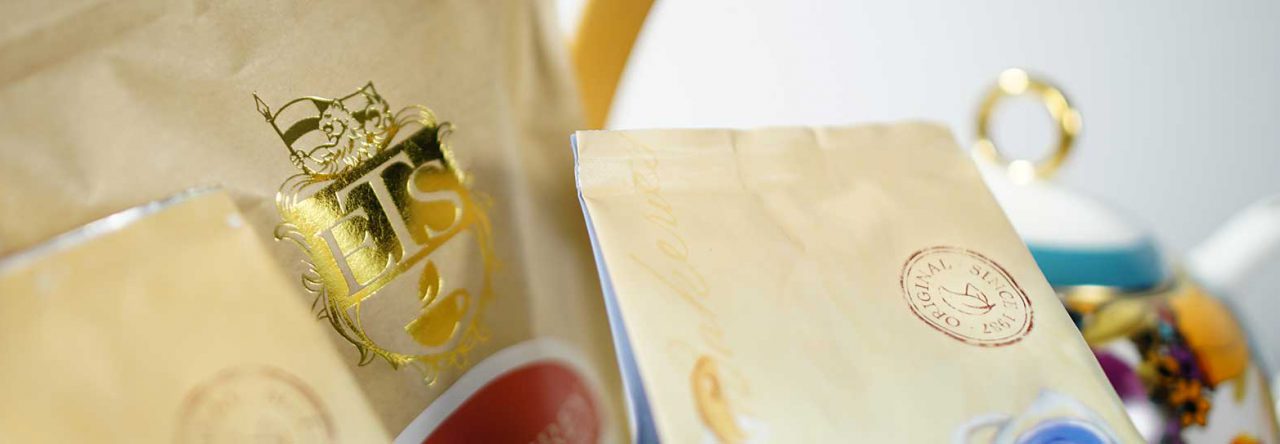Just as a lot of tea harvesting has been mechanized, so has the processing of the tea crop. (Of course, I’m talking about true teas made from the leaves of the Camellia Sinensis plant and/or its varietals.) This helps tea companies keep up with growing demand, but how do the two ways of processing compare when it comes to taste?

Basically, it’s big machines tended by skilled workers versus more individual attention by workers who have been trained to make the most of those tea leaves and produce a variety of end products with a wide range of tastes.
Processing steps:
- Grading / Sorting — Just like grading and sorting harvested fruit, assuring that you have the best quality is definitely better done by hand by experienced workers. Would you know a tea leaf that is well formed and at the right stage of ripeness? This is especially important in teas like pu-erh, where there are 10 grades, ranging from leaves to buds (considered the best). Tea such as Silver Tip is comprised of only the tipmost leaves and buds selected by knowledgeable sorters.
- Withering — This steps removes enough of the moisture from the tea leaves so that they are limp and can be rolled and shaped. This can be done in a simple manner by laying the tea leaves out on racks and letting them air dry or in big drying machines that can detect the moisture level in the leaves and stop the process at the right time.
- Rolling — This step releases oils out of the leaves to bring out flavor. The leaves either go through a rolling machine or are rolled by hand to bring about a higher quality (and, of course, a more expensive grade of tea). Again, control over the process is best when done by hand by experienced personnel. The person doing the rolling can smell the oils being released and therefore know when to stop.
- Oxidizing / Fermenting — This step is skipped for green tea, done partially for Oolong, and pursued all the way for black tea. Spread out in a cool room, the tea leaves start to take in oxygen, which reacts with their chemistry to turn them dark.
- Pan Firing — Stops the oxidizing/fermenting. Again, machine firing is harder to control than hand panning. It does have the advantage of being able to do larger quantities at a time. However, producing teas like Dong Ding, an Oolong with the leaves rolled in particular shapes resembling ore nuggets, or Silver Needle with its leaves rolled into needle shapes (you expected something else?), requires attention once again by skilled workers.
- Flavoring — Hand or machine here is determined by the flavoring used. For example, teas like Jasmines are flavored with flower petals layered between racks of tea leaves, definitely a task best done by hand, whereas teas flavored by oils can be done in the processing machine.
One big advantage to hand processing is the connection of the person doing the processing to the tea leaf. Changes in texture and aroma can be detected and determine when the processing is changed or considered complete.
Many Darjeeling teas are still processed by hand to preserve their unique flavor characteristics so important to their success in the tea market. Unfortunately, this also makes them a bit pricier which, in turn, makes them more likely to be used in blends instead of sold straight.
A classic example of machine versus hand processing is CTC Assam versus Orthodox Assam. Generally, the former is considered lower grade and therefore appropriate as a base for chai and the latter is considered higher grade, to be savored in the cup.
Bagged teas, such as PG Tips, Typhoo, Devonshire Tea, and Barry’s, are definitely machine processed. The leaves are broken down into very small pieces called fannings and dust. They steep up fast and strong. Hand processed black teas generally have larger pieces, steep up more slowly, release fewer tannins into the liquid, and give a more delicate tasting brew.
Which you choose, hand or machine processed, will depend on the tea flavor you want. Enjoy!
Make sure to stop by A.C.’s blog, Tea Time with A.C. Cargill!



Leave a comment